Gardening Basics for Beginners - Gardening Sydney
Embark on your gardening journey in Sydney with our beginner's guide. Discover the essentials of sunlight, soil, and water for a thriving garden. Let your passion blossom as you explore the beauty of plant cultivation in the heart of Sydney.
Gardening involves discovering the perfect balance of sunlight, nutrient-rich soil, and water to ensure the flourishing of your plants. It's also a journey of passion, so choose plants in Sydney that resonate with you. Consider the resources provided here as your initial guide, and soon, you'll cultivate a beautiful garden, regardless of your gardening expertise.
1. Understanding Your Region

Gardening success begins with understanding your local environment. Not all plants thrive in every location, so it's essential to choose plants that suit your climate and soil conditions. Seek guidance from local garden centers or fellow gardeners to discover native plants that will flourish in your area.
2. Testing Your Soil
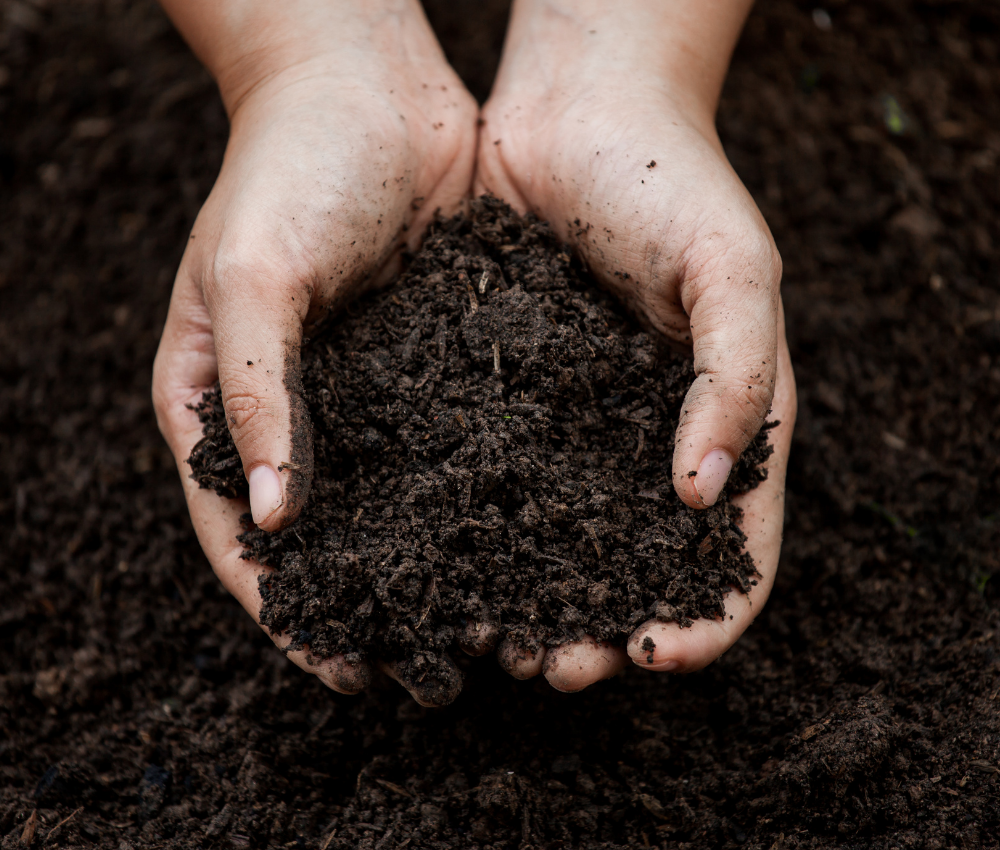
The health of your soil is a critical factor in plant growth. Conduct a simple soil test at your local nursery to assess its pH and nutrient levels. This information will guide you in selecting plants that match your soil type or help you make necessary amendments for optimal plant health.
3. Starting with Beginner-Friendly Plants

For a newcomer, starting with easy-to-grow plants is a wise choice. Vegetables, for instance, are not only rewarding but also grow relatively quickly. This early success will boost your confidence and set the stage for more ambitious gardening endeavors.
4. Creating a Simple Plan
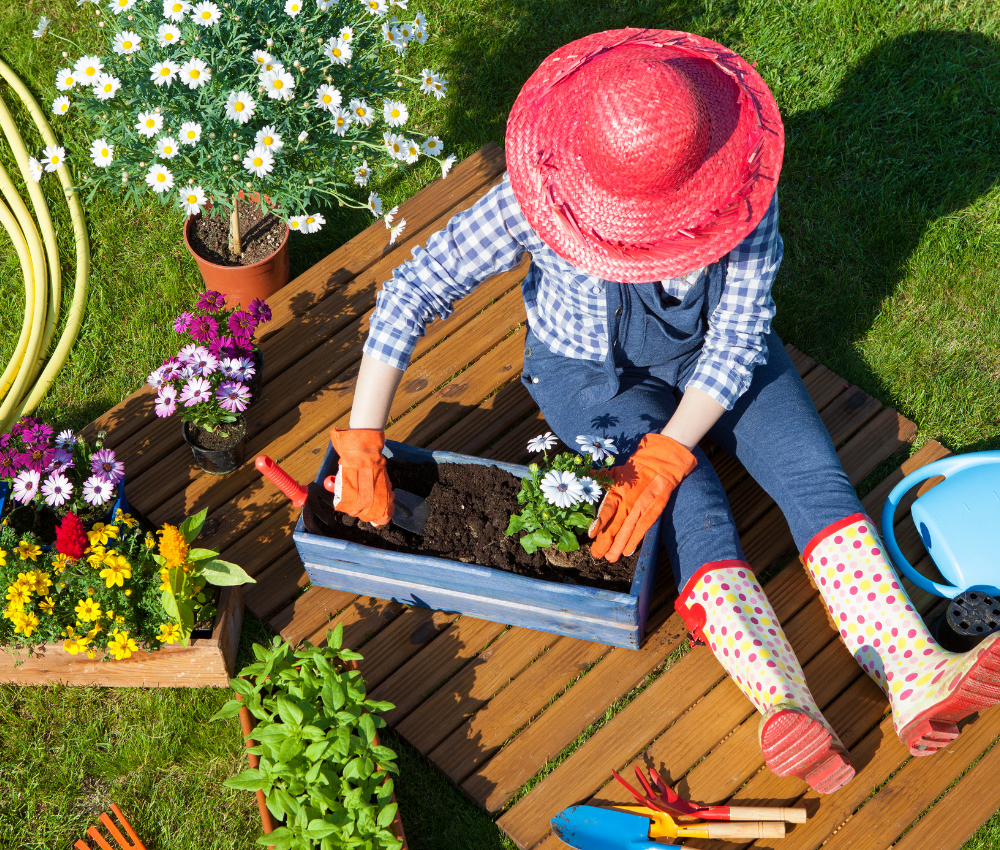
Before you start planting, take some time to plan your garden layout. Research the specific needs of your chosen plants, considering factors like sunlight, spacing, and height. This knowledge will help you arrange your plants effectively, ensuring they thrive in harmony.
5. Keeping a Gardening Journal
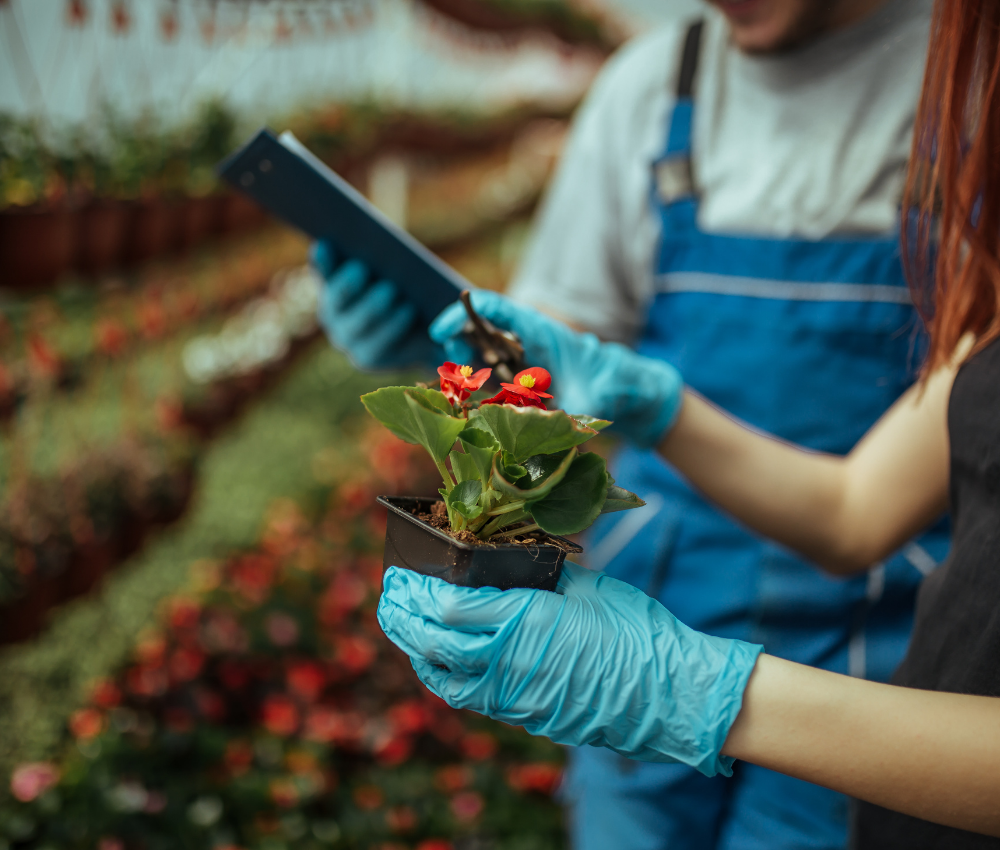
Consider maintaining a gardening journal to document your journey. Jot down your aspirations, observations about plant behavior, and any challenges you encounter. This journal will become a valuable resource as you learn and plan for the future.
6. Setting a Gardening Calendar

Establishing a basic gardening calendar will help you stay organized. Mark essential tasks for each season, such as fertilizing and pruning. This ensures you provide timely care for your plants, promoting their overall well-being.
7. Watering Wisely
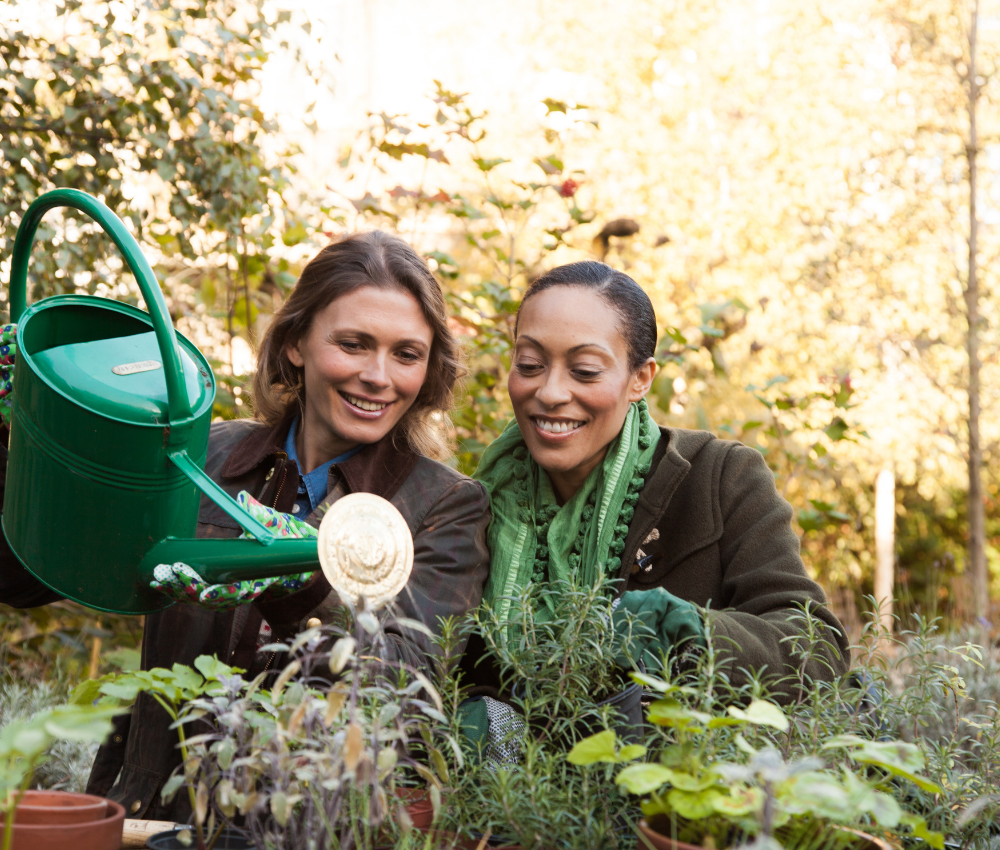
Proper watering is a fundamental aspect of gardening. Be consistent in watering, taking into account the specific needs of each plant. Watering in the early morning allows plants to absorb moisture effectively. Be cautious about overwatering, which can have adverse effects on plant health.
8. Regular Maintenance
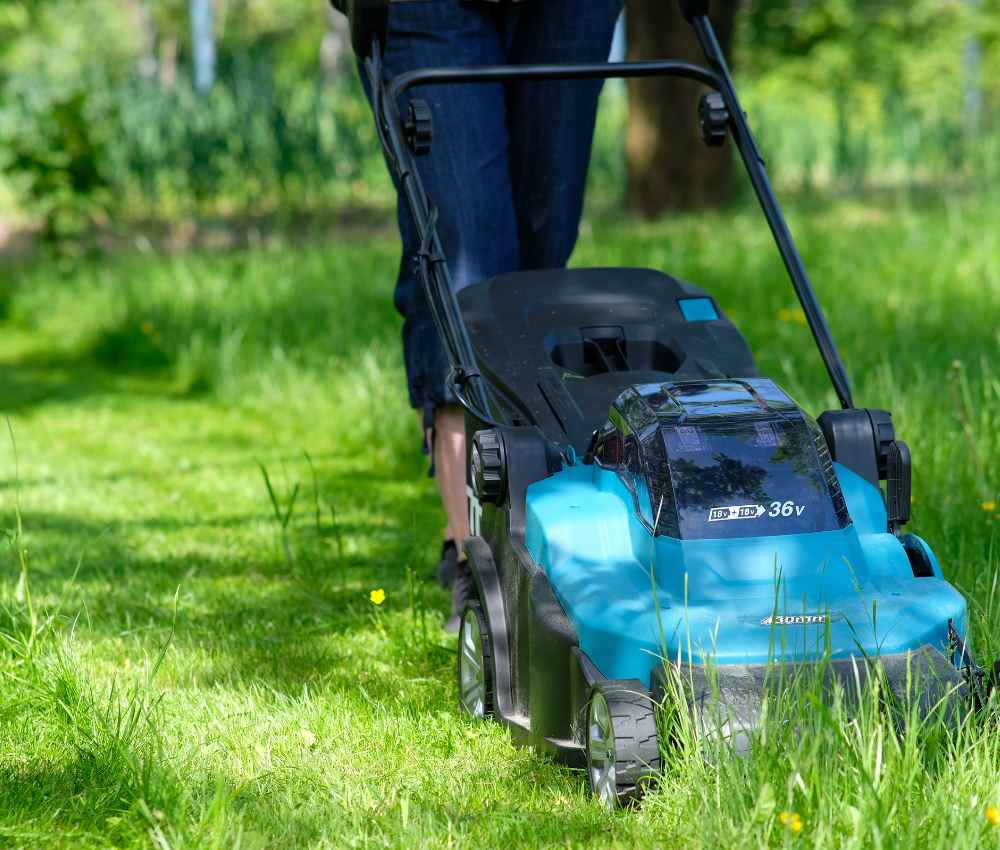
A beautiful garden requires regular upkeep. Dedicate time to tasks like deadheading, weeding, and pruning. Not only does this keep your garden looking tidy, but it also helps you understand the unique needs of each plant.
9. Practicing Patience
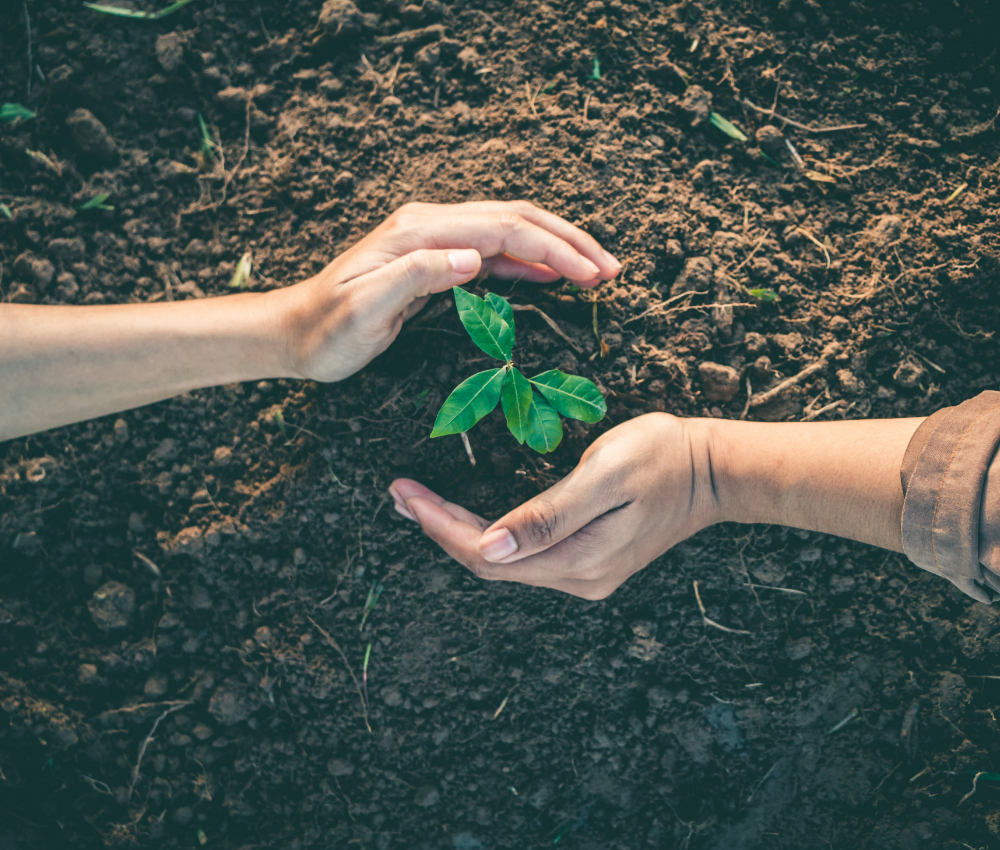
Remember, gardening is a gradual process that requires patience. Allow your plants to grow at their own pace, and avoid unnecessary interference unless you observe specific issues. Enjoy the journey, savor each moment, and celebrate the small victories along the way.
10. Protecting plants in extreme heat, Cold, Rain and Windy Conditions

Protecting plants in extreme weather conditions involves taking measures to shield them from the adverse effects of harsh elements. Here's a breakdown:
Extreme Heat: During hot weather, provide shade to sensitive plants, use mulch to retain soil moisture, and ensure adequate watering to prevent dehydration.
Cold Conditions: Shield plants from frost by covering them with cloth or blankets overnight. Move potted plants indoors during freezing temperatures.
Heavy Rain: To prevent waterlogged soil and root rot, ensure proper drainage by adding organic matter to the soil. Consider using raised beds or containers.
Windy Conditions: Install windbreaks like fences or shrubs to reduce the impact of strong winds on delicate plants. Stake tall or top-heavy plants for added stability.
By understanding and implementing protective measures, gardeners can help their plants thrive despite challenging weather conditions.
Embarking on your gardening journey should be a joyful experience. By following these basics, you'll not only nurture your plants but also cultivate a deeper connection with nature.
